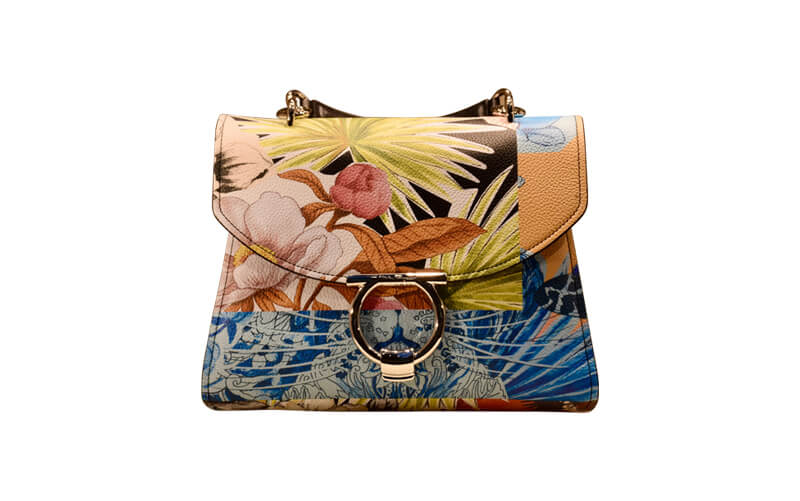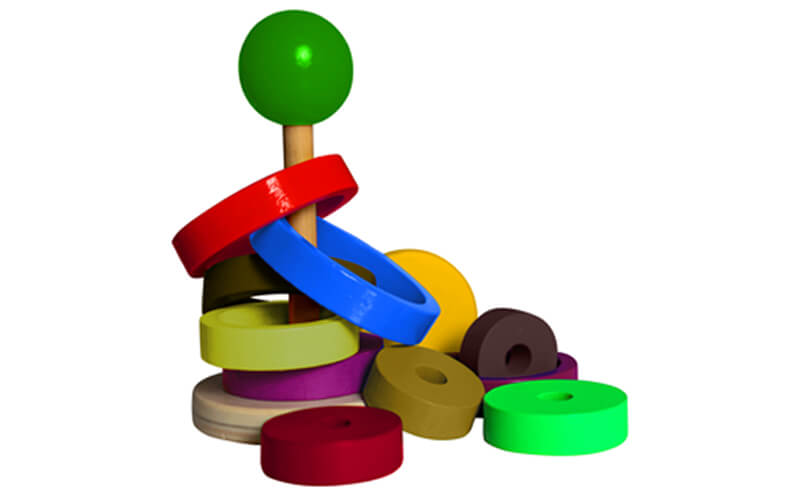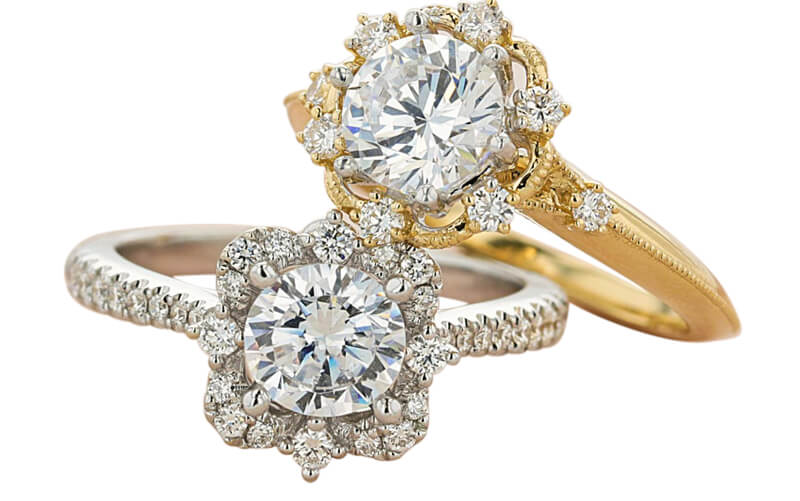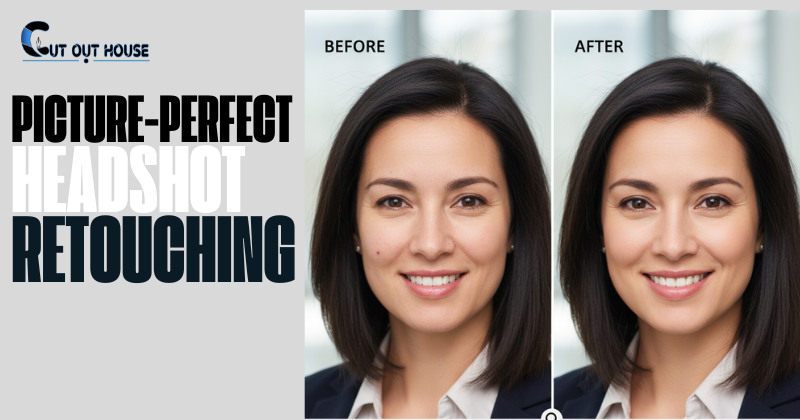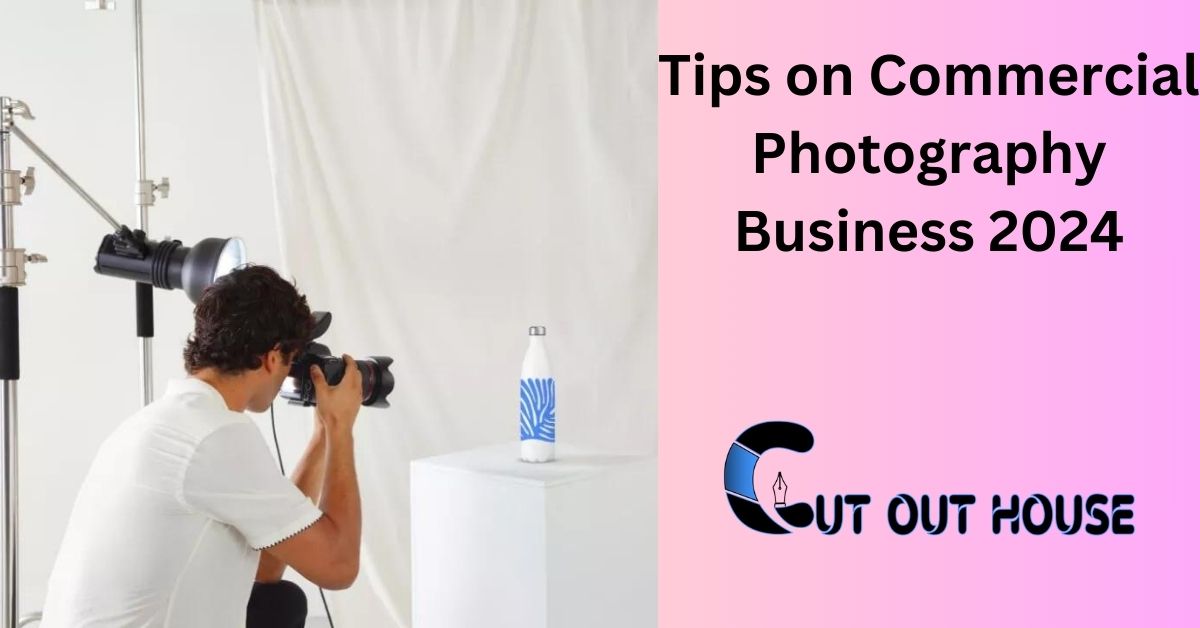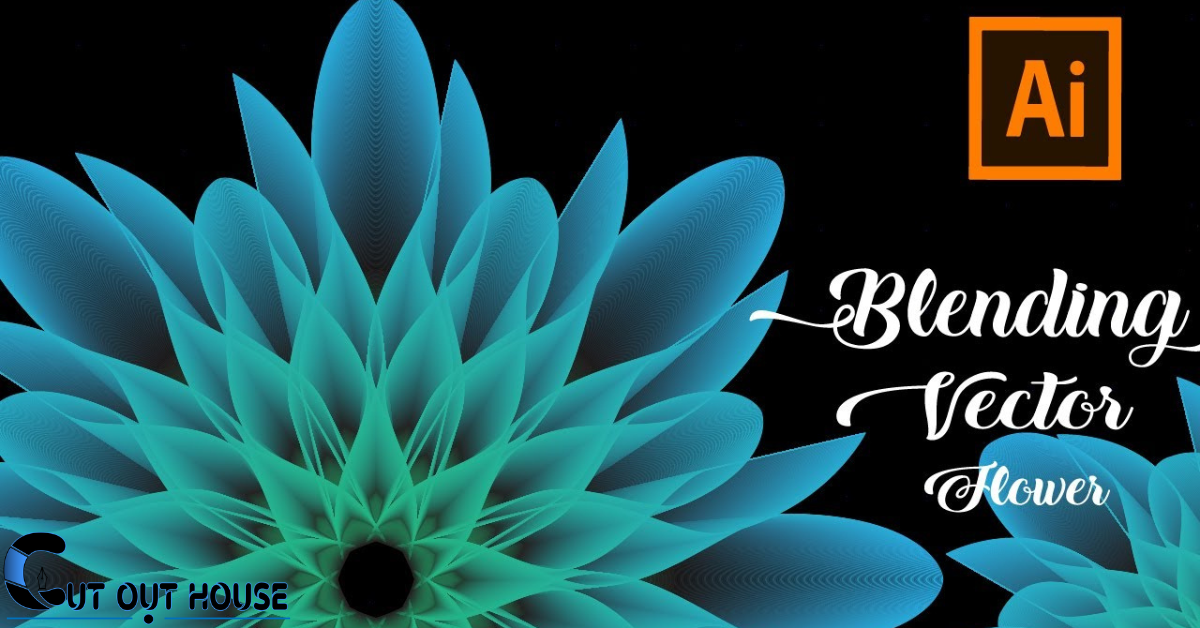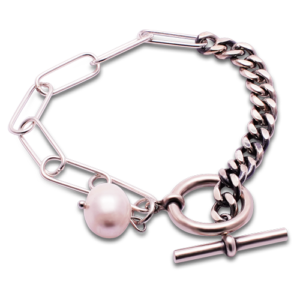When you’re taking photos, one of the most important things to get right is the exposure. This refers to how much light is hitting the sensor, and getting it right can be tricky. There are three main elements that affect exposure: aperture, shutter speed, and brightness. In this post, we’ll take a look at each of these factors and discuss how they impact exposure. We’ll also explore brilliance and brightness. So keep reading.
What is what is exposure in photography
In photography, exposure is the amount of light that reaches the sensor or film. It is determined by the aperture, shutter speed, and ISO. A correct exposure will result in an image that is neither too dark nor too light.
What is brilliance in photography?
There is no definitive answer to this question. However, we can think of brilliance in Photoshop as creating beautiful, stunning images that amaze and inspire others. This could be achieved through the use of advanced Photoshop techniques, or simply by having a great eye for composition and light.
To create truly brilliant Photoshop images, it is often necessary to push the boundaries of what is possible with the software. This means experimenting with different tools and techniques and finding new ways to use the existing ones. It is also important to be aware of the latest trends in Photoshop and to stay up-to-date with the latest releases from Adobe.
Of course, not everyone has the time or inclination to invest in becoming a Photoshop master. However, there are still plenty of ways to create beautiful images using the software. One approach is to use pre-made Photoshop actions or templates. These can be found online and offer a quick and easy way to create stunning images with just a few clicks.
Another option is to use Photoshop plugins. These are small pieces of software that add extra features and functionality to the Photoshop interface. There are plugins available for a wide range of tasks, from retouching photos to creating complex graphics.
Finally, it is worth noting that brilliance in Photoshop often comes down to simply having a great eye for detail. This means taking the time to carefully consider the composition of your images and paying attention to the small details that can make a big difference.
What is brightness in photography?
In photography, brightness refers to the lightness or darkness of an image. Brightness can be adjusted in a number of ways, including through the use of filters, shutter speed, and aperture.
When referring to filters, a photographer may use a term such as ND (neutral density) filter, which essentially darkens an image. This can be used to great effect when trying to create a certain mood or atmosphere in a photo.
Shutter speed is also a key factor in determining brightness. A slow shutter speed will result in a brighter image, as more light will be let in. Conversely, a faster shutter speed will result in a darker image.
Finally, the aperture also affects brightness. A wider aperture (lower f-stop number) will result in a brighter image, as more light will be let in. Conversely, a narrower aperture (higher f-stop number) will result in a darker image.
All of these factors – filters, shutter speed, and aperture – can be used to manipulate the brightness of an image. By understanding how each of these works, a photographer can better control the final look of their photo.
Exposure vs brilliance vs brightness (Differences)
When it comes to photography, there are a lot of different terms that get thrown around. And while some of them may seem like they mean the same thing, there are actually subtle (and sometimes not so subtle) differences between them. Today we’re going to be looking at three of those terms: exposure, brilliance, and brightness.
At its core, exposure is a measure of how much light is reaching the sensor (or film) of your camera. But it’s not just a simple matter of more light equals better exposure. If there’s too much light, the resulting image will be overexposed and washed out. Too little light and the image will be underexposed and too dark. Finding the perfect exposure is a balancing act, and it’s one of the most important aspects of photography.
Brilliance is a measure of the intensity of light. So a scene with bright colors and high contrast will have high brilliance, while a scene that is more subdued will have low brilliance.
Brightness, on the other hand, is a measure of the overall lightness or darkness of an image. An image can have high brilliance but low brightness (think of a very contrasty black and white image), or low brilliance but high brightness (think of a pastel painting).
Final word
Have you ever taken a photo and been disappointed with the results? If so, it may be because your exposure was off. Exposure is one of the most important elements of photography, and getting it right can be tricky. In this post, we’ll take a look at each of the three main factors that affect exposure: aperture, shutter speed, and brightness. We’ll also explore brilliance and brightness. By understanding these concepts, you’ll be able to take better photos every time you pick up your camera. Let’s get started!


